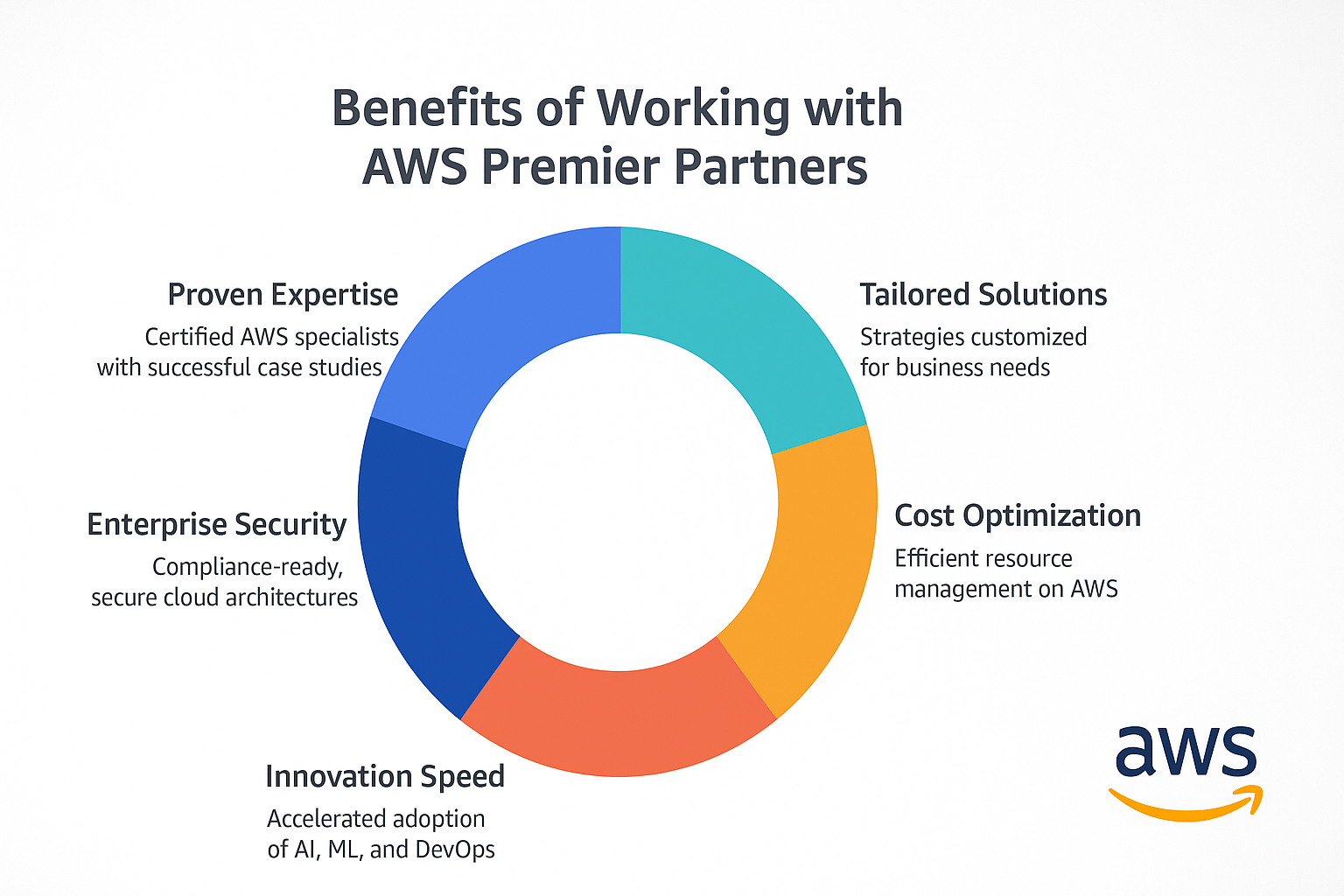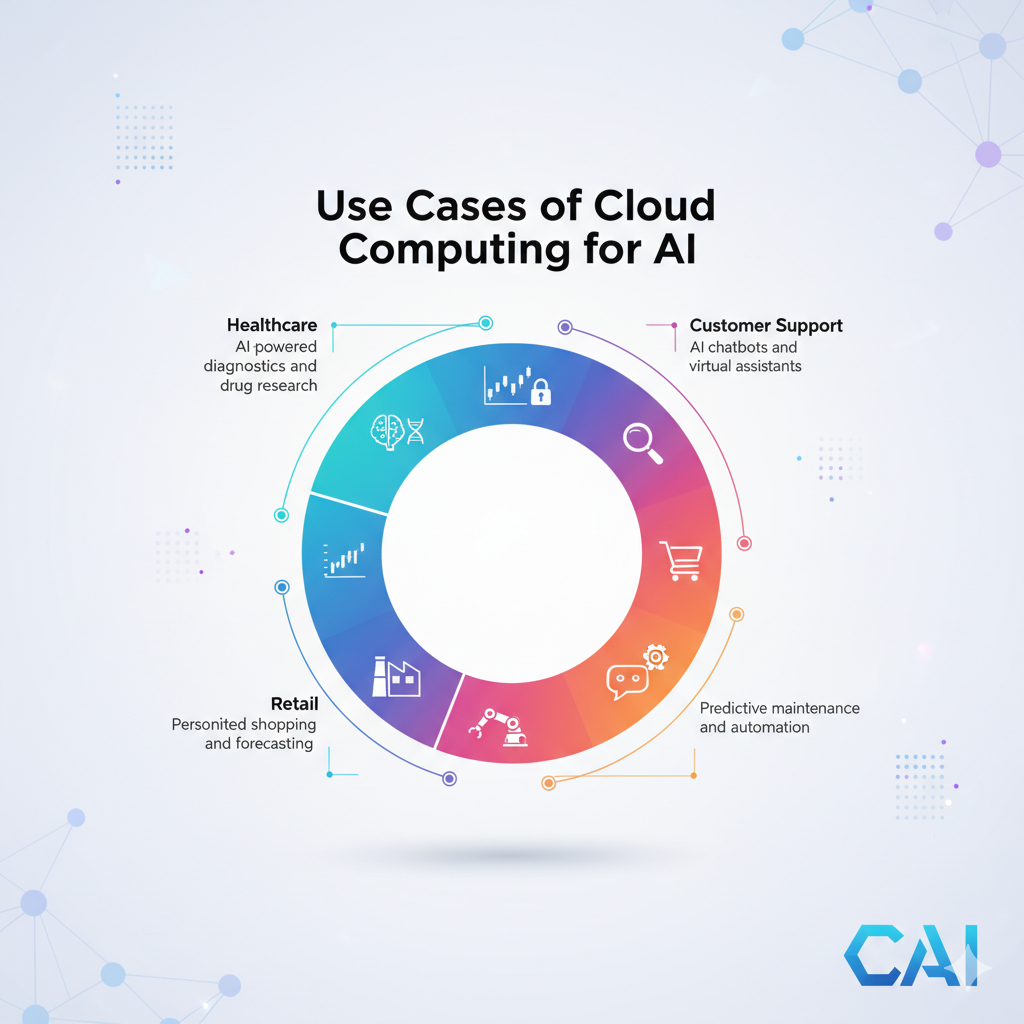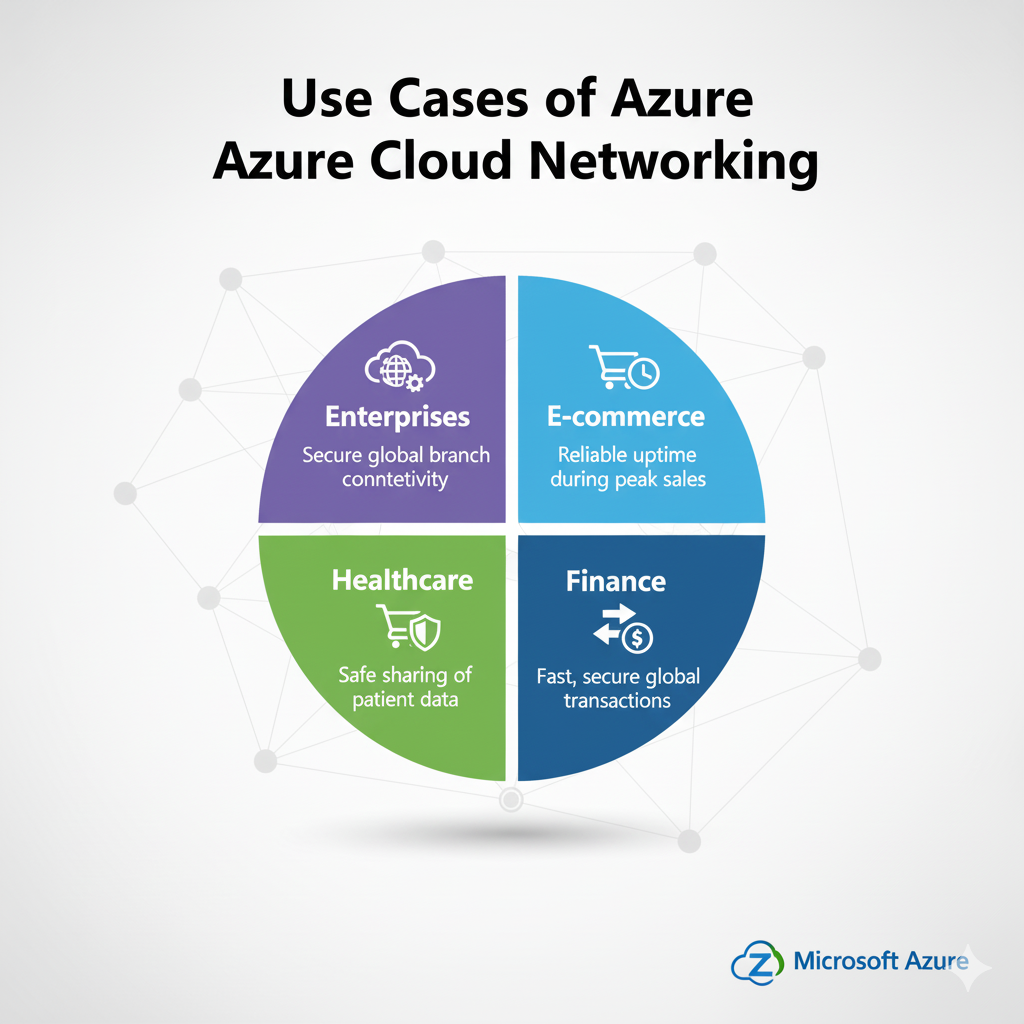Introduction
Managing your AWS (Amazon Web Services) environment efficiently is crucial for cost optimization and security. Over time, AWS environments can become cluttered with unused resources, leading to increased costs and potential security vulnerabilities. Enter AWS-Nuke, a powerful open-source tool that can help you clean up your AWS resources, reclaim unused resources, and reduce your AWS bill.
What is AWS-Nuke?
AWS-Nuke is an open-source project that offers a systematic way to delete or "nuke" AWS resources across different AWS services, ensuring that you can clean up your AWS environment effectively. It is especially useful for organizations with complex AWS deployments, as it simplifies resource cleanup tasks that would otherwise be time-consuming and error-prone.
Key Features of AWS-Nuke
🌟 Extensive Service Coverage: AWS-Nuke supports a broad array of AWS services, including EC2 instances, RDS databases, S3 buckets, IAM users, and more. This wide service coverage ensures that you can clean up virtually any type of AWS resource.
🔧 Customizable Configuration: You can configure AWS-Nuke to fit your specific needs. The tool provides options for specifying which resources to target, so you can fine-tune the cleanup process according to your requirements.
📅 Dry Run Mode: AWS-Nuke allows you to simulate resource deletions before taking any actual actions. This is an invaluable feature for ensuring that you don't accidentally delete vital resources.
🚀 Parallel Execution: AWS-Nuke can execute cleanup operations in parallel, which can significantly speed up the resource removal process, especially for large AWS accounts.
AWS Nuke Use Cases
🛠️ DevOps automation
AWS-Nuke automates the process of identifying and deleting unused or unwanted resources like instances, containers, or databases ensuring that your environment remains efficient and well-organized. It not only helps reduce costs and improve security but also ensures that your DevOps environment remains agile, efficient, and free from resource clutter.
🚨 Emergency Resource Cleanup:
In emergency situations, like responding to a security incident, use AWS-Nuke to quickly and thoroughly remove resources that may have been compromised or are no longer trusted. When a security incident occurs, the first step is to assess the scope and impact. Determine which AWS resources may have been compromised, are no longer trusted, or have potential vulnerabilities. This could include instances, security groups, IAM roles, or any other resource that might be affected.
💰 Cost optimization
AWS-Nuke can help you optimize your cloud usage and reduce costs effectively. The tool takes the manual effort out of resource cleanup, making it feasible to manage large numbers of resources and keep your AWS environment lean and cost-efficient. Cost optimization is an ongoing process, and integrating AWS-Nuke into your AWS management strategy can lead to substantial savings over time.
🔒 Security and compliance
Unused resources in your AWS account can be a security risk, as they can provide an entry point for attackers. Integrating AWS-Nuke into your AWS security and compliance strategy, you can significantly reduce the risk of a security breach and ensure adherence to regulatory requirements. For example, create or update your AWS-Nuke configuration file (config.yml) to specify the types of resources that you want to target for cleanup. Additionally, configure exclusions for any resources that must be protected due to compliance or operational requirements.
Best Practices
📂 Backup and Snapshot Strategy:
Before running AWS-Nuke, create backups or snapshots of critical resources. This ensures you can recover them in case of accidental deletions. For example, take snapshots of your important databases and EBS volumes.
📝 Configuration Backup:
Keep a backup of your AWS-Nuke configuration file. If you make changes to the configuration, it's essential to have a backup to revert to a known working state.
🏷️ Tagging Strategy:
Implement a consistent tagging strategy for your AWS resources. Tags can help identify resources that should be retained or excluded from deletion. AWS-Nuke can be configured to use tags as exclusion criteria.
🔍 Monitoring and Logging:
Enable AWS CloudWatch Logs and AWS CloudTrail to monitor AWS-Nuke executions and track resource changes. This will help you keep an audit trail of what resources were deleted and when.
📜 Compliance with Company Policies:
Ensure that your use of AWS-Nuke aligns with your organization's policies and compliance requirements. Document the cleanup process for auditing purposes.
Conclusion
AWS-Nuke is a powerful tool for cleaning up and optimizing your AWS environment, leading to significant cost savings, enhanced security, and better resource management. By following best practices and taking a cautious approach, you can confidently integrate AWS-Nuke into your AWS management strategy, helping you maintain a well-organized and efficient AWS infrastructure. 💡🌐🔐#AWSNuke#CloudManagement#AWSManagement#CloudCleanup#AWSOptimization#AWSAutomation#AWSNukeTool#NextGenCloud#CloudResourceCleanup#











